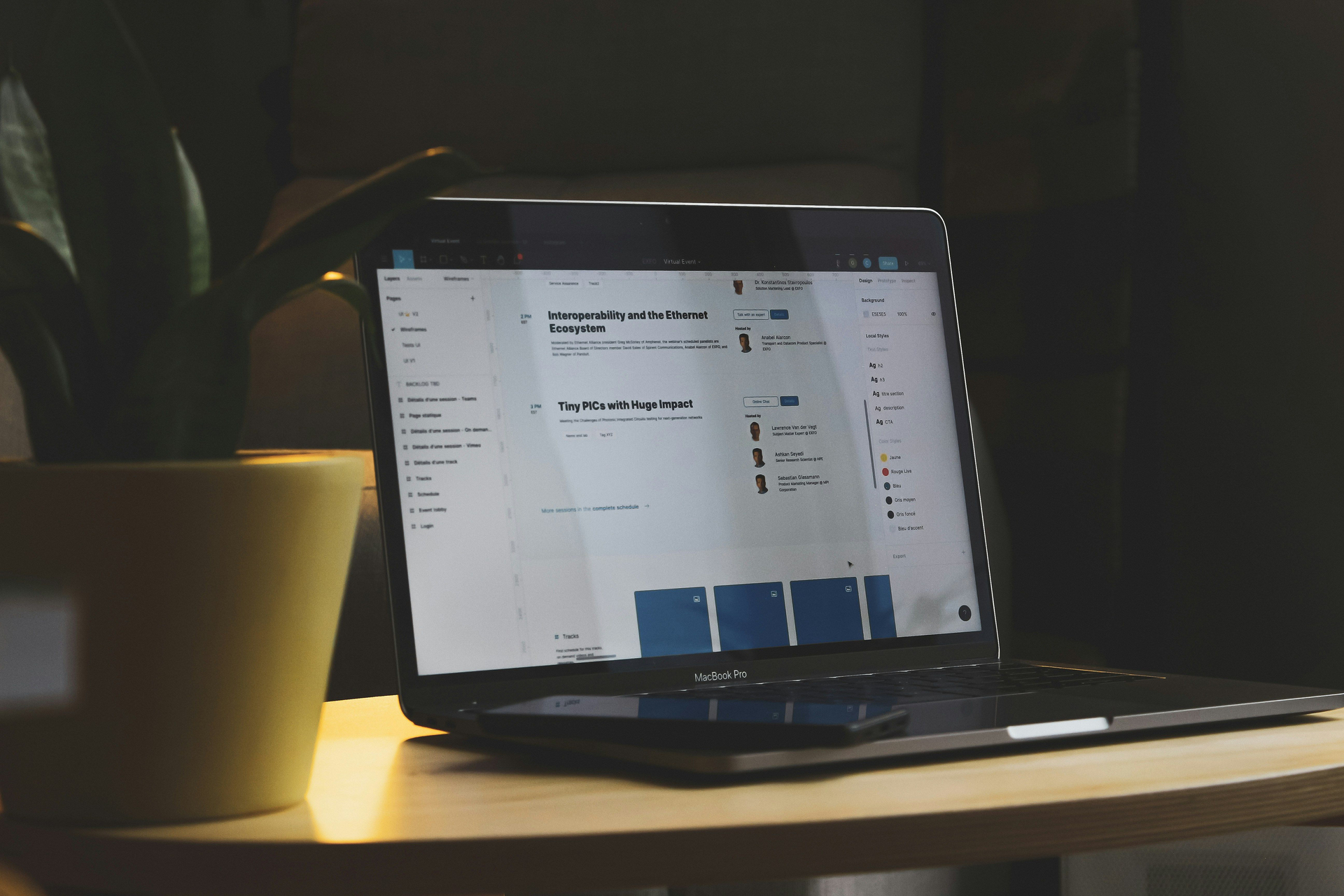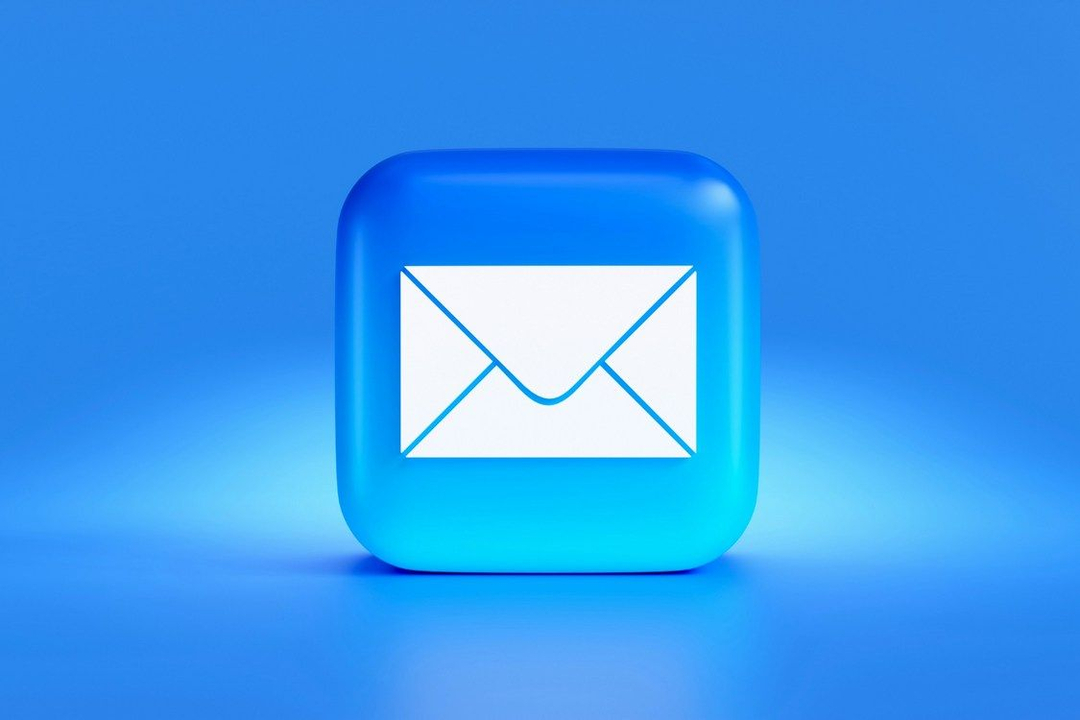What Is The Best Time to Send a Cold Email?
by Maildoso's team
05/28/2025
difficulty level ⭐
Cold emailing is still one of the most effective outreach tools available, when done right. You can spend hours refining your message, researching your prospects, and crafting the perfect subject line. But if you send that email at the wrong time, it may never be read at all.
That’s why understanding the timing behind cold emails is just as important as the content. This article breaks down the best times to send cold emails, supported by data and real-life use cases, without fluff, hype, or guesses. You'll also learn how to adapt timing based on your audience, how to test for your own best results, and what common mistakes to avoid.
Contents
- Why Timing Matters in Cold Emailing
- Maildoso: A Platform to Simplify Cold Outreach Setup
- The Best Days to Send Cold Emails
- The Best Times of Day to Send Cold Emails
- Industry-Specific Considerations
- Factors That Influence Cold Email Timing
- Testing and Optimizing Send Times
- Mistakes to Avoid with Timing
- Other Considerations for Cold Email Success
Why Timing Matters in Cold Emailing
Timing affects how likely your email is to be opened, read, and responded to. It can also influence deliverability. Email providers use engagement signals (like opens and clicks) to assess whether your emails belong in the inbox or the spam folder.
Here’s what timing impacts:
- Inbox visibility: If your email arrives when someone is checking their inbox, it’s more likely to be seen and opened.
- Recipient availability: Even a great email may be ignored if it arrives during a busy time.
- Engagement behavior: People tend to respond to emails at specific points in their day or week.
Maildoso: A Platform to Simplify Cold Outreach Setup
At Maildoso we offer cold email infrastructure designed for B2B outreach at scale. With our system, users can create hundreds of mailboxes across multiple domains in just minutes, all fully pre-configured for cold outreach. There's no need to manually set up DNS records or purchase accounts one by one.
To help with deliverability, we include features like automatic IP rotation and a browser-based AI warm-up engine. Unlike many warm-up tools that rely on IMAP connections, our system simulates real human activity inside the inbox. Each mailbox can send up to 100 warm-up emails per day, helping you maintain reputation and reduce the risk of spam complaints.
We don’t control when you send emails, that's up to your campaign strategy, but we make sure your emails are ready to land in the inbox when you do. If you’re running high-volume outreach or looking to simplify your technical setup, we make it possible to launch quickly, reliably, and at scale.
The Best Days to Send Cold Emails
Weekdays Outperform Weekends
The data is consistent across multiple studies: weekdays are better than weekends for sending cold emails. Here’s a general breakdown:
- Tuesday, Wednesday, and Thursday are widely considered the most effective days. These are mid-week workdays when recipients are typically in “business mode” and are actively engaging with their inboxes.
- Monday can also be effective but comes with a caveat. While some data shows Monday has high reply rates, others point out that inboxes can be overwhelmed after the weekend, which means emails may get buried.
- Friday sees lower engagement as many professionals are wrapping up the week.
- Saturday and Sunday are the least effective days for B2B emails. Most business recipients aren’t monitoring work emails over the weekend.
Summary: Weekday Ranking
- Tuesday
- Wednesday
- Thursday
- Monday
- Friday
- Saturday
- Sunday
The Best Times of Day to Send Cold Emails
Early Morning Hours Perform Best
Most studies show that sending cold emails early in the day improves visibility and reply chances. The logic is straightforward, emails sent early are near the top of the inbox when recipients check their messages.
Optimal time slots:
- 6 AM - 9 AM (local time): This window consistently shows the highest open and reply rates. It captures people when they’re starting their workday, checking email over coffee, or setting their priorities.
- 9 AM - 12 PM: Still effective, especially if your audience doesn’t start their workday early. Engagement drops slightly as the morning gets busier.
- 1 PM - 3 PM: Can be a secondary slot. Some professionals check emails after lunch before diving back into meetings.
- Late afternoon and evenings: Less effective. Emails sent after 3 PM are more likely to be ignored, postponed, or forgotten.
- Late night/early morning (before 6 AM): There’s some evidence that emails sent before the workday (as early as 5 AM) can perform well, but results vary widely by audience and industry.
Time Zone Considerations
Always match the send time to your recipient’s local time zone. An 8 AM send in New York won’t have the same effect on a contact in London. Most cold email platforms support time zone-based scheduling, make sure to use it.
Industry-Specific Considerations
Timing for cold emails can vary depending on the industry you're targeting. For B2B professionals, engagement is typically higher on weekdays between Tuesday and Thursday, especially during the morning hours when most people are actively working through their inbox. Mondays and Fridays are usually less effective due to the beginning-of-week backlog and end-of-week wind-down.
In the SaaS and tech space, Monday through Wednesday tends to work best. Many decision-makers in this sector begin their day early and are more open to exploring solutions that can help streamline their workflows, making early mornings between 8 and 10 AM a favorable window for outreach.
E-commerce is a different case. While weekday afternoons can still perform well, this audience often checks emails during evenings or weekends, especially if you're targeting smaller businesses or individual sellers. Because of that, campaigns in the e-commerce sector can sometimes be effective later in the day or even on Saturdays, depending on the nature of the offer and the recipient’s habits.
Factors That Influence Cold Email Timing
1. Time Zones and Geographic Reach
Be sure to schedule emails based on recipients’ local times. This topic is covered in more detail in the dedicated "Time Zone Considerations" section above.
2. Target Role or Job Title
Not everyone checks email at the same time:
- Executives: Often check email early in the day (6 AM – 9 AM).
- Managers: More likely to engage mid-morning or early afternoon.
- Freelancers or creatives: May have non-standard schedules.
Tailor your send windows to these patterns.
3. Device Usage (Mobile vs Desktop)
A significant share of emails, often between 40% and 50%, are opened on mobile devices. Mobile users tend to check email earlier in the day and during short breaks, like commuting, lunch, or between tasks. Desktop users are more active during core work hours.
Testing and Optimizing Send Times
There’s no universal formula that works for everyone. The best results come from experimenting and refining based on your own data.
How to Test Email Timing
- Segment your audience: Divide your list into smaller groups to test timing.
- Vary your send days and times: Try different combinations across multiple campaigns.
- Use control groups: Keep one group consistent as a benchmark for comparison.
- Track reply rates, not just open rates: Opens are helpful, but replies show true engagement.
- Repeat quarterly: Reassess and adjust your strategy quarterly to stay aligned with audience behavior patterns.
Tools for Tracking Performance
Use platforms that track open, click, and reply rates, ideally tied to recipient behavior and campaign segmentation. Even basic tools like UTM links in CTAs and Google Analytics can help assess how email traffic performs.
Mistakes to Avoid with Timing
1. Ignoring Time Zones
Sending a message at 9 AM in your time zone may mean your recipient sees it at 2 AM. Always adapt your schedule to their local hours.
2. Sending on Holidays
Avoid national or regional holidays. People are less likely to engage with emails when out of office.
3. Clustering All Emails in One Time Slot
Don’t blast your entire list at the same time. This can hurt deliverability and miss recipients who check email at different times. Stagger your sends for better reach and tracking.
4. Over-sending or Sending Too Frequently
Flooding someone’s inbox will hurt your sender reputation. Stick to a balanced schedule, especially with cold prospects.
Other Considerations for Cold Email Success
How often you send cold emails plays a big role in how they’re received. For brand-new contacts who haven’t interacted with you before, it's best to keep outreach minimal, around one or two emails per month. Warmer leads, those who have shown some level of interest, can be contacted more frequently, such as once every week or two. If you're emailing existing customers, more regular communication is generally acceptable, but it should still be guided by how actively they’re engaging with your messages.
It’s also important to remember that no matter how perfectly you time your emails, poor content will hold you back. Cold emails still need to be well-written and purposeful. Make sure your subject line is clear and personalized, and that the message starts with a short, value-focused opening. The call to action should be specific and easy to act on. Avoid adding attachments or complex formatting that might get flagged by filters, and ensure the layout is easy to read on both desktop and mobile devices.
Conclusion
Finding the right time to send a cold email isn’t just a detail, it’s a critical part of getting your message noticed and increasing your chances of a reply. Whether you're reaching out on a Tuesday morning or testing out mid-afternoon campaigns, the key is to understand your audience's habits and meet them where they are. Pair that with clean deliverability practices and thoughtful content, and you're setting yourself up for better results across the board.
Timing doesn’t guarantee success, but it gives your emails a fair shot. So focus on sending early in the day, avoid weekends, keep an eye on time zones, and let the data guide your decisions. Small adjustments can make a big difference in your outreach performance.
FAQ
Double your outbound sales with Maildoso!
We provide the infrastructure for cold outreach with the highest possible deliverability. Forget about the spam folder—set up hundreds of mailboxes in just 10 minutes, starting at only $1.80/month!
You might also be interested
Best Cold Email Software for Smarter Outreach
Explore the best cold email software to send smarter campaigns, reach more prospects, and improve your outbound results without hitting spam.
difficulty level: ⭐⭐
How to Choose the Best Cold Email Platform for B2B Outreach
Explore the best cold email platform options for managing domains, mailboxes, and deliverability in B2B outreach.
difficulty level: ⭐⭐
Best Cold Email Outreach Software for B2B Campaigns
A practical guide to the best cold email outreach software for managing campaigns, improving deliverability, and scaling B2B outreach.
difficulty level: ⭐⭐
BacklinkSwappers, inc.
1390 Market Street Suite 200 San Francisco, CA 94102



